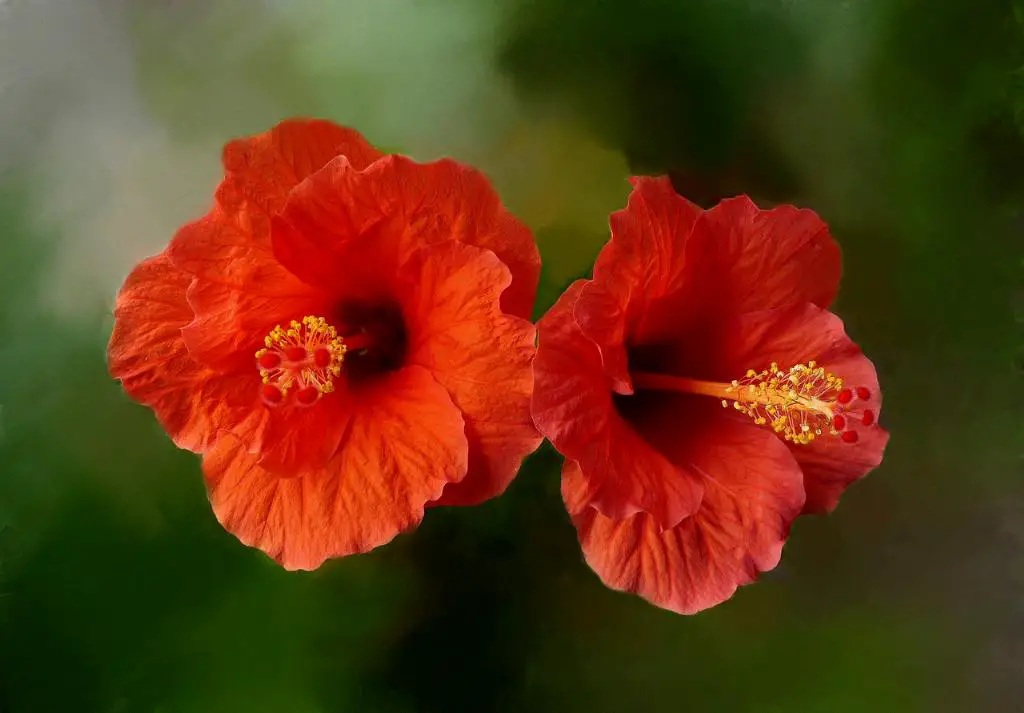Hibiscus trees are beautiful flowering plants known for their vibrant blooms and lush foliage. These tropical or subtropical plants are popular in gardens and landscapes around the world due to their stunning flowers that come in a range of colors such as red, pink, yellow, and white. Hibiscus trees can grow as small shrubs or as larger trees, depending on the variety.
Characteristics of Hibiscus Trees
One of the key characteristics of hibiscus trees is their deciduous nature, meaning they shed their leaves seasonally. These plants go through periods of dormancy during which they appear to die back, leading many gardeners to wonder if hibiscus trees come back after dormancy. Additionally, hibiscus trees have woody stems and showy, trumpet-shaped flowers that add a tropical feel to any garden.
Factors Affecting Hibiscus Tree Growth
The growth of hibiscus trees can be influenced by several factors, including sunlight, water, soil quality, and temperature. Adequate sunlight is essential for hibiscus trees to bloom profusely, while well-draining soil and regular watering support healthy growth. Hibiscus trees thrive in warm climates and may require protection or special care during colder months.
Understanding Dormancy in Hibiscus Trees
Hibiscus trees typically go dormant during the winter months, especially in regions with colder temperatures. During dormancy, hibiscus trees may lose their leaves and appear bare, leading many gardeners to worry about their survival. However, dormancy is a natural process for hibiscus trees, and they are generally resilient plants that can bounce back when conditions are favorable.
Do Hibiscus Trees Come Back After Dormancy?
Yes, hibiscus trees do come back after dormancy. Despite their leaf loss and dormant appearance, hibiscus trees are known to regrow and bloom again once the growing season resumes. With proper care and attention, hibiscus trees can recover from dormancy and thrive in the following season, rewarding gardeners with their stunning flowers.
Tips for Reviving Dormant Hibiscus Trees
To help your hibiscus trees recover from dormancy, consider applying an extended-release fertilizer in late spring when new growth emerges. Ensure that your hibiscus trees receive adequate sunlight, water, and nutrients to support their growth and blooming. Pruning dead or damaged branches can also help stimulate new growth and improve the overall health of the plant.

Conclusion
In conclusion, hibiscus trees are resilient plants that come back after dormancy with proper care and attention. Understanding the natural cycle of dormancy and providing the necessary conditions for growth can help your hibiscus trees thrive season after season. By following the tips outlined in this article, you can enjoy the beauty of vibrant hibiscus blooms in your garden year after year.
